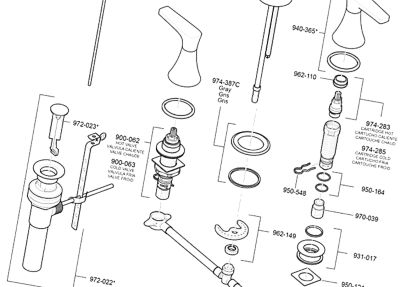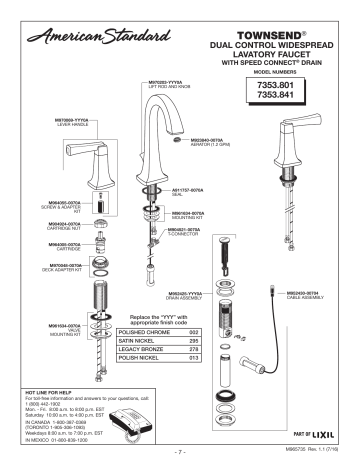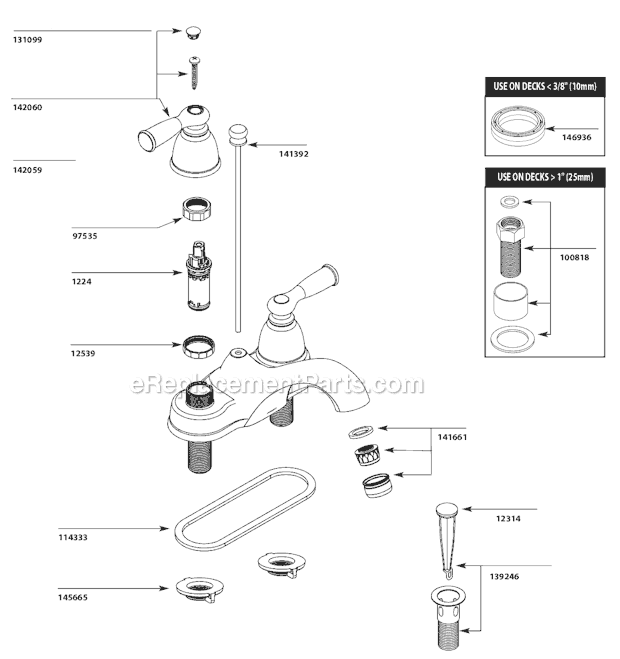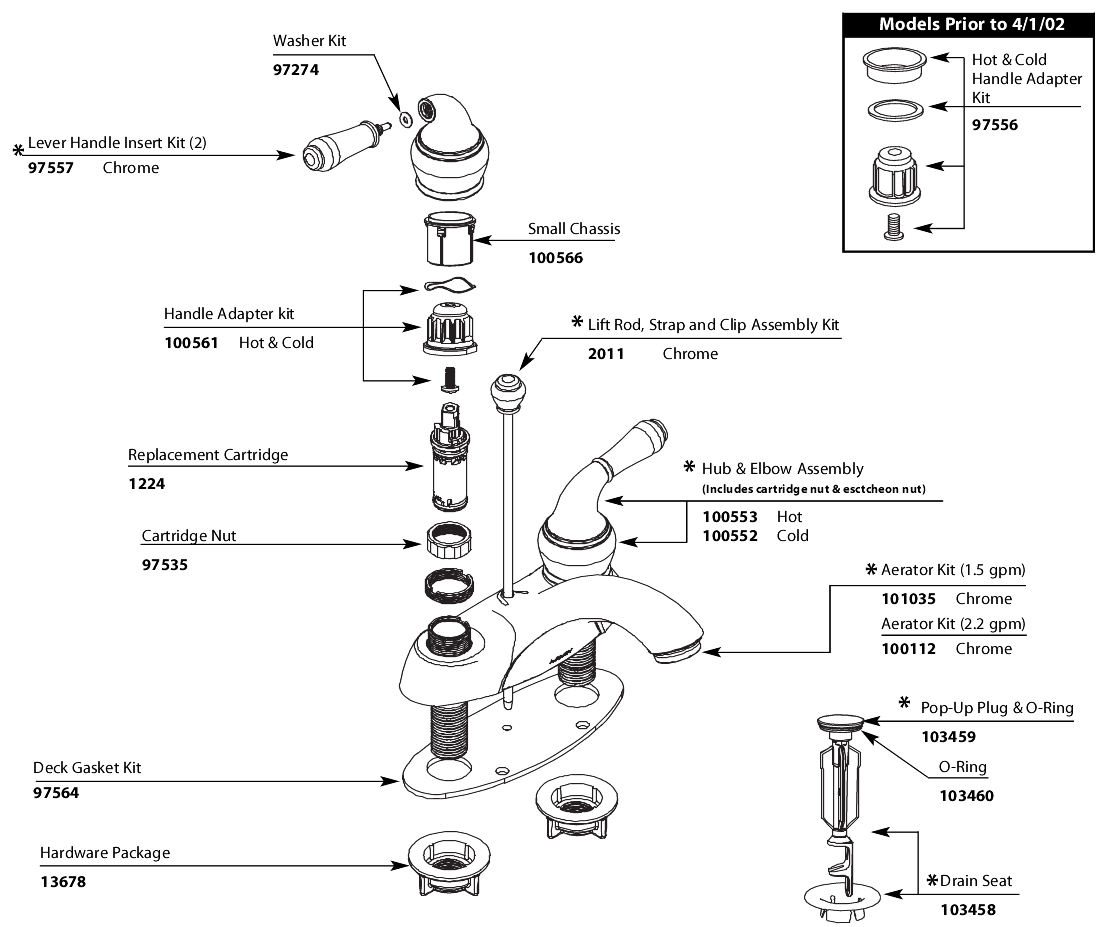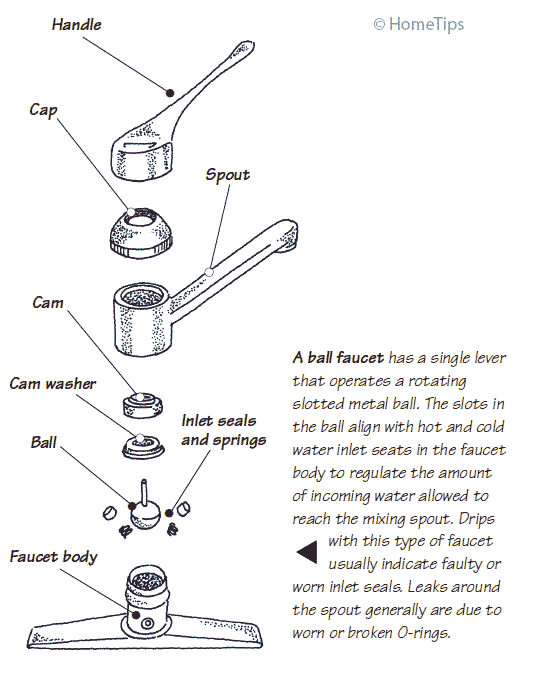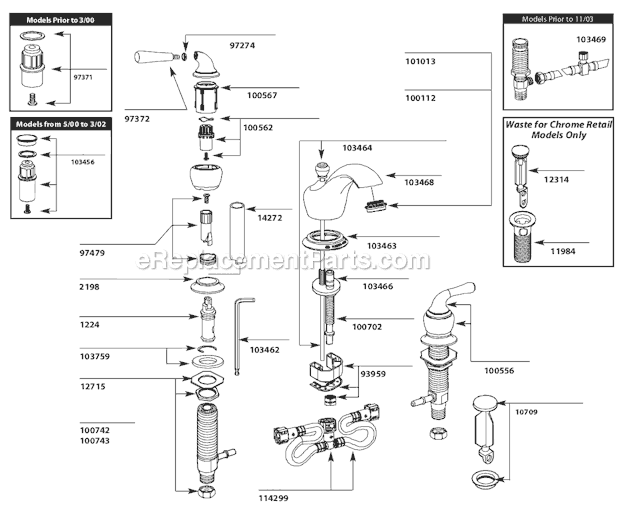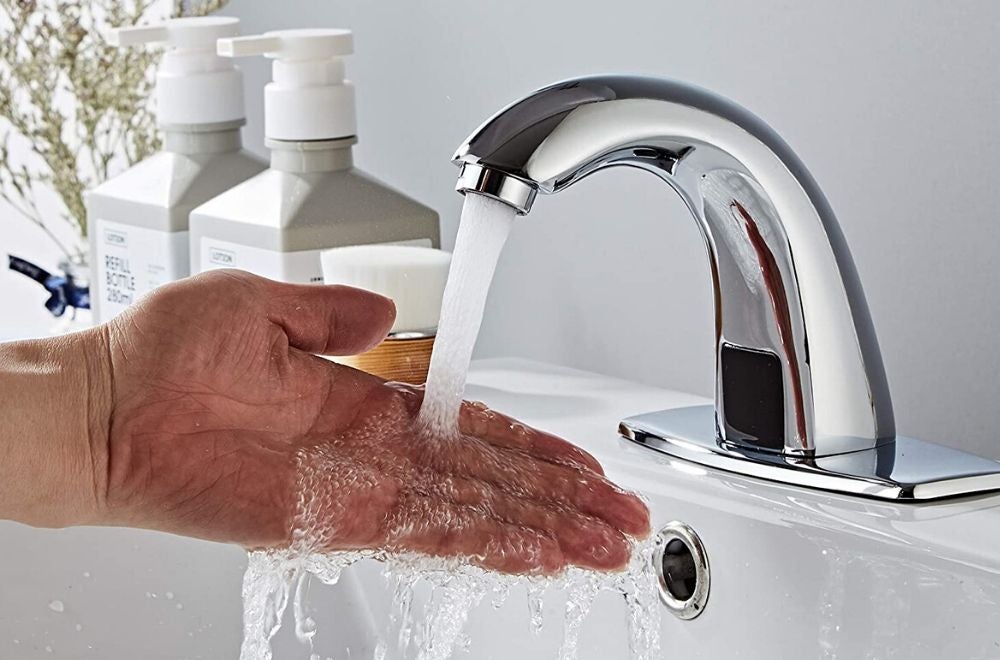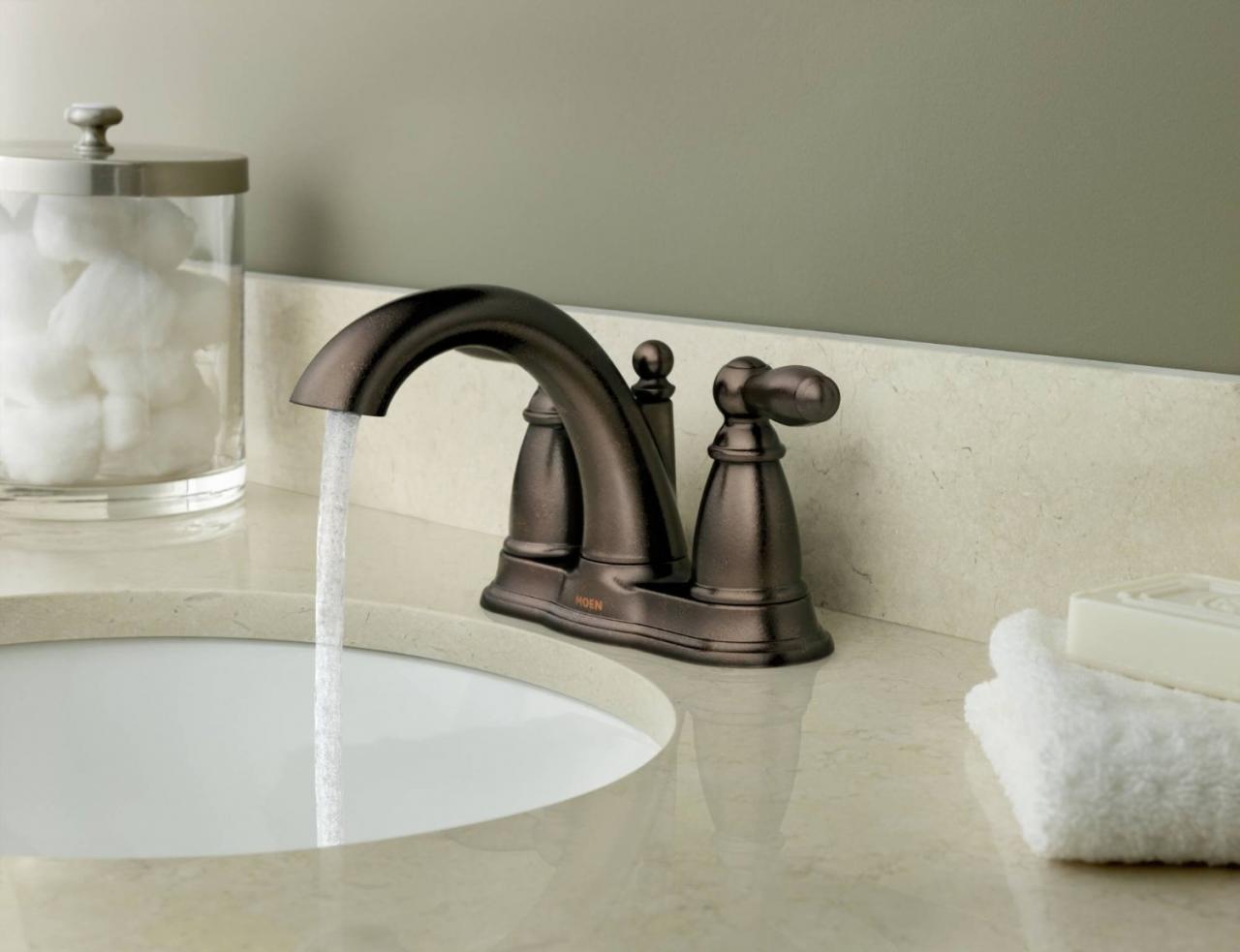Bathroom faucets are an important part of any bathroom remodel or renovation. It is imperative to identify and understand the various types of bathroom faucet parts so that installation and maintenance of the fixtures can be properly carried out. In this article, we will discuss the various faucet components, diagrams, and energy-saving features available in the market today.
Understanding the anatomy of a bathroom faucet is crucial for properly installing it. A diagram of a standard faucet contains parts ranging from handles and spouts to valves and drain pipes. The handles are typically levers or knobs that control the flow of water from the faucet. The spout is usually a curved or curved-back design that serves as the mouth of the faucet.
The supply lines are the pipes used to connect the faucet to the water supply. The valves control the amount of water that is passed through the faucet to either the hot or cold water supply lines. Finally, the drain pipes are necessary to transport water away from the faucet and out of the bathroom.
Modern bathroom faucet fixtures also contain energy-saving features. Many have a built-in pressure balance valve, which will ensure that the right amount of water pressure is maintained no matter how much water is used. This will reduce water waste and save energy. In addition, the new “low-flow” feature reduces the amount of water used when the faucet is activated for a set period of time. This energy-saving technology helps conserve valuable water resources, while also reducing energy costs.
When it comes to installation, hiring a licensed professional is the best way to ensure that the fixture is properly installed. However, there are some tasks that the average home handyman can do on their own. For instance, assembling and connecting the faucet handles and spouts takes no more than a few minutes and usually requires only basic tools. Installing the valves and the drain pipes is a bit more complicated, though, and is probably best left to a professional.
In conclusion, understanding the components of a bathroom faucet, as well as the energy-saving features available in the market today, is essential to proper installation and maintenance. It is important to remember, however, that some tasks are best left to a professional plumber. By understanding the anatomy of the faucet and installing it properly, you can ensure that your bathroom renovation or remodel is a success.
Bathroom Faucet Diagram Parts

Bathroom Faucet Double Handle Parts Diagram (With images) Faucet
Replacement Parts for Widespread Lavatory Faucet with Cross Handle
Bathroom Faucet Replacement Parts – Pfister 48 Series Treviso
Faucet Parts u0026 Repair
Troubleshooting Issues About Your Faucet Pfister Faucets
American Standard 7353.841.295 Townsend Widespread Bathroom Faucet
Moen Bathroom Faucet CA84912 eReplacementParts.com
Moen Bathroom Faucet 84200 eReplacementParts.com
How Faucets Work u2014 Diagrams u0026 Disassembly – HomeTips
Faucet Parts u0026 Repair
Troubleshooting a Leaking Faucet : Delta Faucet
Moen Bathroom Faucet T4570 eReplacementParts.com
Lead-Free Bathroom Faucet Parts – Pfister 49 Series Catalina
Related Posts:
- Bathroom Faucets Gta
- Brushed Nickel Bathroom Faucets Widespread
- Delta Bathroom Faucet Collections
- Kohler Bathroom Faucet Widespread
- Trough Style Bathroom Faucet
- My Moen Bathroom Faucet Is Dripping
- Price Pfister Pull Out Bathroom Faucet
- Delta Bathroom Faucet Cartridge Replacement
- How To Remove Bathroom Faucet Stem
- Chrome Brass Bathroom Faucets




